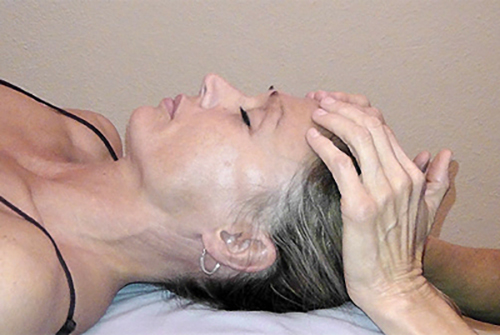
Lymphedema is a chronic condition that can significantly impact a person’s quality of life.
Fortunately, effective treatments are available, and among the most recognized are Manual
Lymphatic Drainage (MLD) and Complete Decongestive Therapy (CDT). While MLD is a
component of CDT, it’s essential to understand how they differ and how they work together to
manage lymphedema effectively.
Complete Decongestive Therapy (CDT) is considered the gold standard for lymphedema
treatment. It is a comprehensive, evidence-based approach that typically consists of four key
components:
CDT is typically performed in two distinct phases:
As mentioned earlier, MLD is a critical component of CDT. While MLD can be performed independently for various purposes, it is most effective when integrated into the comprehensive CDT framework. The gentle techniques used in MLD not only help in reducing swelling but also
prepare the body for the other components of CDT, such as compression and exercise.
Understanding the difference between MLD and CDT is essential for anyone dealing with lymphedema. While MLD serves as a foundational technique, CDT offers a holistic approach that addresses the condition from multiple angles. By combining these elements, patients can achieve better outcomes and enhance their overall quality of life.
If you or a loved one is managing lymphedema, consider seeking a qualified healthcare professional trained in CDT to explore the best treatment options tailored to your needs.Together, we can work towards effective management and improved well-being.
CONTACT INFORMATION
DARCY DOGGETT
Licensed Massage and Bodywork Therapist, BCTMB
Phone: 919.449.5857
Email: [email protected]
NC LMBT # 21438
©2024-2025 Darcy Doggett, Certified Massage & Bodywork Therapist, BCTMB | Design by e-outbox